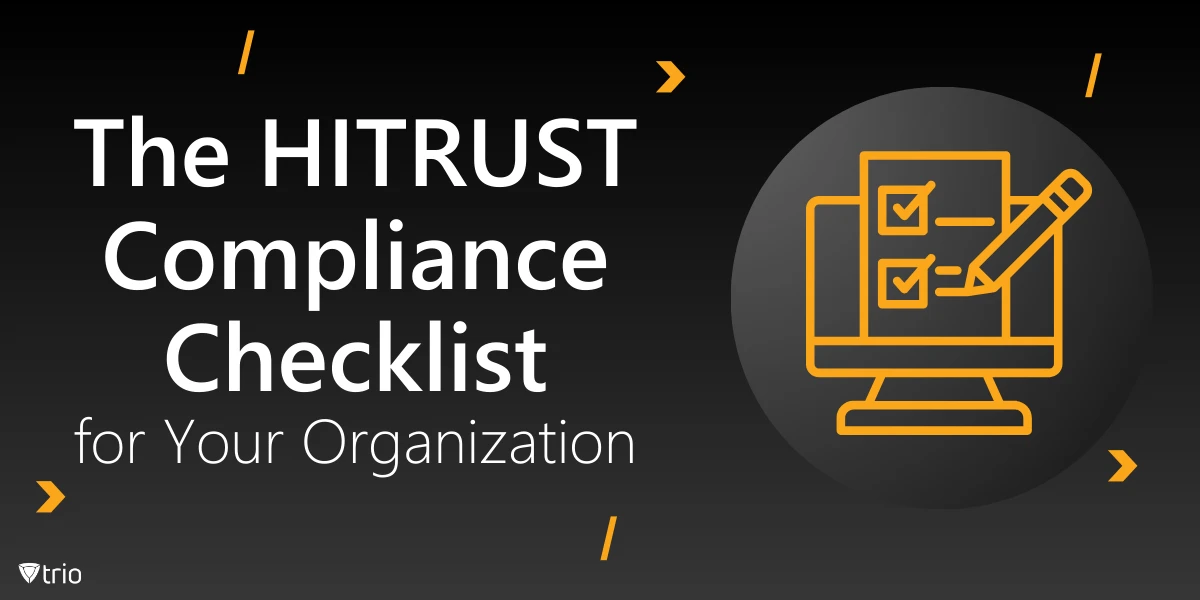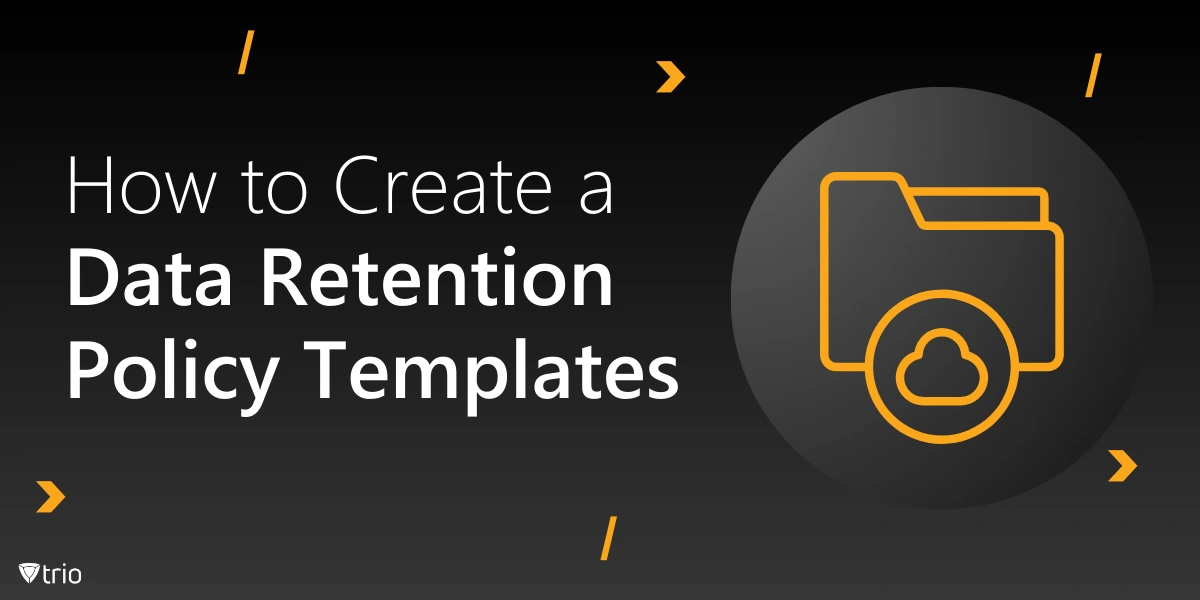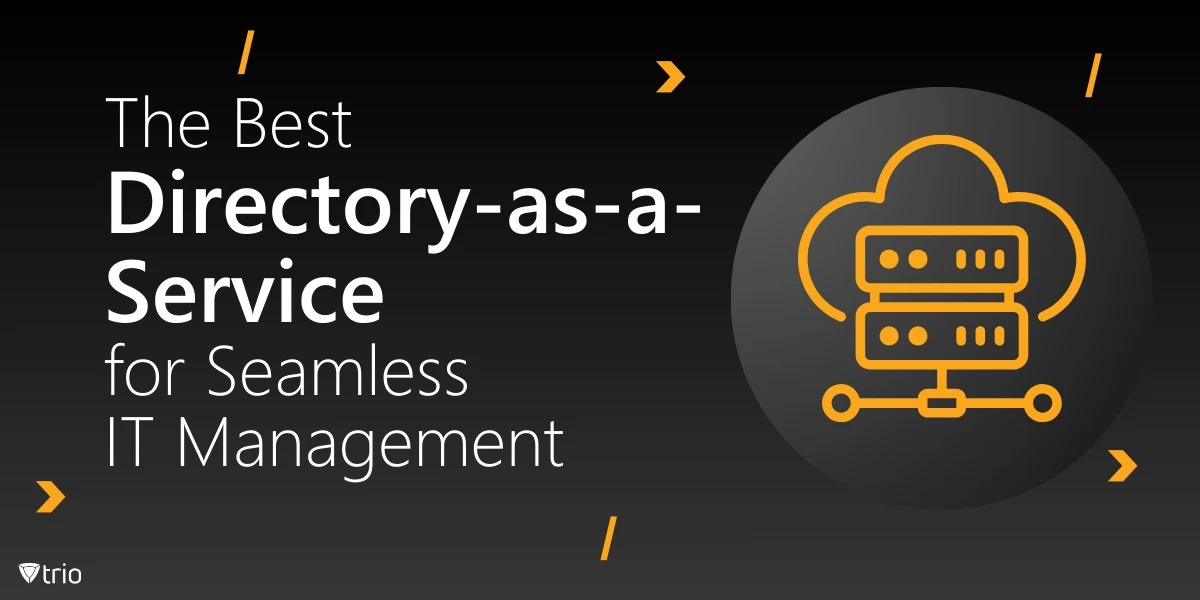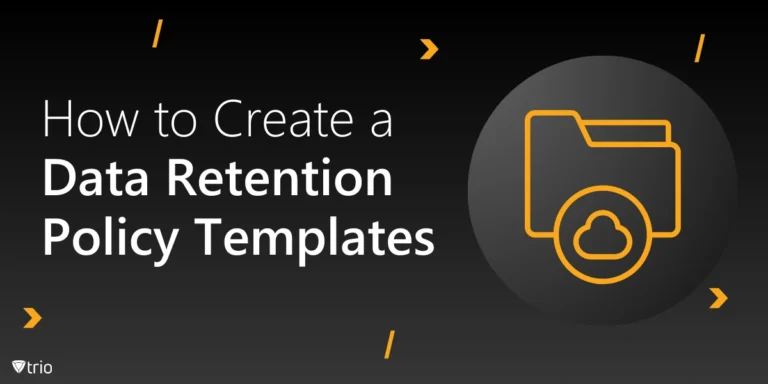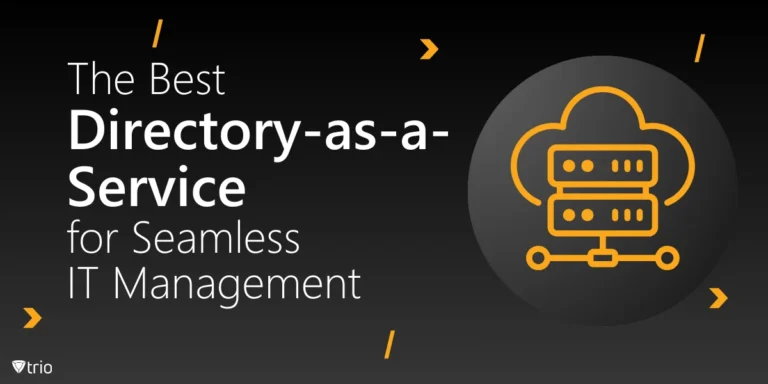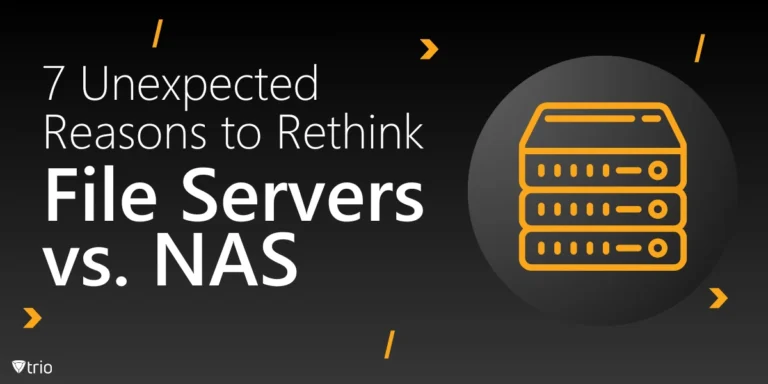In an era where data breaches and stringent regulatory requirements are at an all-time high, achieving HITRUST compliance is a must for organizations handling sensitive information. The HITRUST Common Security Framework (CSF) offers a roadmap for businesses, particularly in the healthcare industry, to strengthen their security posture and demonstrate adherence to security standards. Whether you’re aiming for HITRUST certification for the first time or seeking a renewal, this HITRUST compliance checklist will guide you through the process. From understanding HITRUST requirements to leveraging tools, this guide covers it all.
What Is HITRUST? Understanding the Meaning and Significance
Before diving into the HITRUST compliance checklist, it’s essential to understand what HITRUST stands for and why it matters. The Health Information Trust Alliance (HITRUST) developed the Common Security Framework (CSF), a certifiable framework designed to help organizations meet regulatory requirements related to data protection, particularly for healthcare organizations.
The HITRUST CSF certification is a powerful credential that demonstrates a company’s commitment to protecting health information and implementing strict security measures. By aligning with well-known standards like ISO 27001, NIST, and HIPAA, HITRUST provides a unified approach to managing security and compliance.
The need for HITRUST compliance has become of greatest importance, especially with the rising frequency of data breaches. It offers a standardized, scalable approach for risk assessments and helps businesses meet a variety of regulatory factors. In the next sections, we’ll outline the HITRUST certification requirements which can be used as a practical checklist to guide your organization towards achieving compliance.
Step 1: Conduct a Readiness Assessment
The first step in the HITRUST compliance checklist is performing a readiness assessment. This important phase involves evaluating your organization’s current security posture against the HITRUST CSF controls list. It helps identify gaps in your existing security practices and prepares your team for the actual certification process.
A complete readiness assessment includes reviewing policies, procedures, and existing security controls. You’ll need to document your organization’s processes and determine how they align with HITRUST certification requirements. Consider leveraging tools that can automate parts of this process and provide a more efficient evaluation.
By assessing your current security measures, you can identify areas that need improvement, thus streamlining your path toward compliance. The results of your readiness assessment will serve as the foundation for building a robust HITRUST compliance strategy.
Step 2: Implement the HITRUST Controls List
The HITRUST controls list is the backbone of the HITRUST Common Security Framework. It includes a detailed set of controls designed to help organizations meet various security requirements. These controls cover a broad range of areas, including access control, data protection, and incident response.
To meet HITRUST requirements, you must implement each control effectively. The HITRUST controls list covers a wide range of areas, including:
- Information Security Management: This category focuses on establishing an overall information security program, including policies, procedures, and standards.
- Access Control Security: This category addresses the need to control access to sensitive information and systems.
- Human Resources Security: This category focuses on managing the security risks associated with employees, contractors, and other personnel.
- Risk Management Policy: This category addresses the need to identify, assess, and manage information security risks.
- Information Security Policy: This category focuses on developing and implementing information security policies.
- Information Security Organization: This category addresses the need to establish an information security organization with appropriate roles, responsibilities, and authorities.
- Regulatory Framework Compliance Program: This category addresses the need to comply with applicable laws and regulations.
- Asset Management Security: This category focuses on identifying, classifying, and protecting information assets.
- Physical and Environmental Security: This category addresses the need to protect physical assets and the environment.
- Communications and Operations Security: This category focuses on securing communications and operations.
- Information Systems Management: This category addresses the need to manage information systems and applications.
- Security Incident Management: This category addresses the need to respond to and recover from security incidents.
- Business Continuity Management: This category addresses the need to maintain business operations in the event of a disruption.
- Privacy Security Practices: This category addresses the need to protect privacy.
The HITRUST controls list is a valuable resource for organizations that need to protect sensitive information. By implementing the controls in the list, organizations can also meet other key frameworks. This not only enhances security posture but also provides a clear path for continuous improvement and risk management.
Step 3: Conduct a Thorough Risk Assessment
A detailed risk assessment is a key component of the HITRUST compliance checklist. It involves identifying, analyzing, and addressing potential threats to your organization’s information assets. The goal is to evaluate the likelihood and impact of risks and implement appropriate mitigation strategies.
Risk assessments should be conducted regularly as part of your ongoing security and compliance efforts. This helps your organization stay ahead of emerging threats and adapt to evolving regulatory requirements. By prioritizing risks and focusing on the most critical vulnerabilities, you can effectively enhance your overall security posture.
Incorporating a risk-based approach aligns with the HITRUST CSF certification process and ensures that your organization is not only meeting the minimum standards but also proactively improving its security measures. Regular risk assessments also provide valuable insights for updating your HITRUST compliance checklist and ensuring all controls are properly implemented.
Step 4: Address Regulatory Factors and Requirements
The healthcare industry is heavily regulated, and understanding the various regulatory factors is essential for meeting HITRUST requirements. The HITRUST CSF integrates multiple security standards, including HIPAA, PCI-DSS, and ISO 27001, to create a comprehensive framework for compliance.
To meet HITRUST requirements, your organization must demonstrate adherence to all applicable regulatory requirements. This involves implementing strong access control measures, encrypting sensitive data, and ensuring that all policies comply with the latest security standards.
Addressing these regulatory factors not only helps your organization achieve HITRUST compliance but also strengthens your overall security posture. It provides assurance to clients and stakeholders that your business is committed to safeguarding protected health information (PHI) and reducing the risk of data breaches.
Step 5: Maintain and Monitor Your Security Practices
Achieving HITRUST compliance is not a one-time task—it requires continuous monitoring and improvement. After implementing the necessary controls and achieving HITRUST CSF certification, you must regularly audit your security measures to ensure ongoing compliance.
Monitoring your security practices involves setting up alerts for potential threats, conducting periodic internal audits, and updating policies as needed. This proactive approach helps your organization maintain compliance and quickly address any vulnerabilities that arise.
Staying compliant with the HITRUST CSF certification requirements also demonstrates your commitment to security and compliance, building trust with clients and partners. Regularly reviewing and updating your HITRUST compliance checklist is key to staying on track and adapting to any changes in the regulatory landscape.

How Trio Supports HITRUST Compliance
Implementing a mobile device management (MDM) solution like Trio can significantly simplify your journey toward HITRUST compliance. With Trio, you can streamline the management of mobile devices, enforce access control, and ensure the protection of sensitive data across your organization. Trio’s easy-to-use features help healthcare organizations align with the HITRUST CSF controls list, making it easier to meet HITRUST certification requirements.
Trio also provides tools for automated policy enforcement, real-time monitoring, and comprehensive reporting, which are essential components for maintaining a strong security posture. This level of visibility and control helps your organization demonstrate compliance with regulatory requirements and minimize the risk of data breaches.
Ready to simplify your HITRUST compliance journey? Contact us for a free demo and see how Trio can help you achieve your security goals.
Free HITRUST Compliance Checklist: Simplify Your Compliance Journey
To make your HITRUST compliance process even easier, we’ve created a FREE HITRUST Compliance Checklist that you can download. This comprehensive checklist will guide you through every stage of your compliance journey, ensuring you don’t miss any critical steps. Click the button below to download it and take the first step toward achieving a stronger security posture with HITRUST compliance!
Conclusion: Achieving HITRUST Compliance for a Stronger Security Posture
Navigating the path to HITRUST compliance may seem daunting, but with the right checklist and tools in place, it becomes manageable. By conducting a thorough readiness assessment, implementing the necessary controls, performing regular risk assessments, and staying vigilant about regulatory factors, your organization can achieve HITRUST certification and maintain a strong security and compliance framework.
